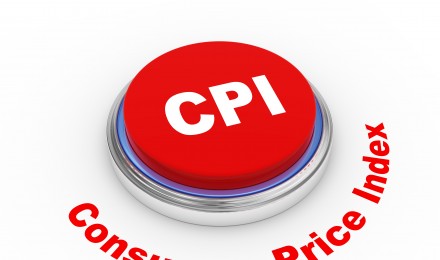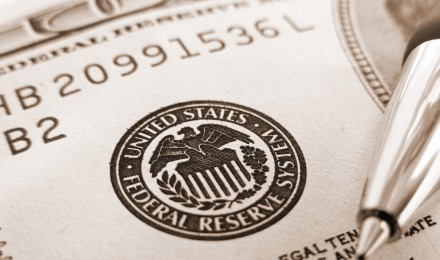The United States Department of Labor, Bureau of Labor Statistics released its November Consumer Price Index Report on December 14, 2012. For the first time in six months the overall CPI fell. The decrease was a healthy 0.03%. A decrease in gasoline prices of 7.4% more than offset a 0.02 percent rise in food and in other areas of the CPI. This has been the largest drop since May 2012 and came on the heels of an October increase in CPI .1%. The plunge in fuel prices is the greatest recorded in four years.
For the 12 months ending November 2012 consumer prices have risen only 1.8%. This is well below the 12 month increase that had been reported for the 12 months ending October 2012 which was 2.2%.
The “core” CPI data excludes highly volatile gas and food prices only notched up .1% in November were total of 1.9% for all of 2012. Contribute to the increase in the core CPI is higher rents, higher airline fares in the cost of new articles. During the same time the cost of clothing and use cars fell in 2012. The cost of medical are only rose by 0.01 percent thanks to a significant price drop in the cost of drugs.
The painfully slow economic recovery with high unemployment and glacially slow wage growth make businesses think twice before raising prices as they fear price increases would push customers elsewhere. This reluctance to raise prices has been an important factor in holding inflation down. In addition, due to consumer nervousness concerning the “fiscal cliff” major retailers have been holding major sales before the holiday shopping season ends.
Lower inflation helps boost economic growth as consumers have more money to spend. It also allows the Federal Reserve to continue its efforts to get the economy restarted. Earlier in December Federal Reserve chairman Bernanke stated that the Federal Reserve would continue its low interest rate stimulus program until unemployment reached 6.5% or the Consumer Price Index rose to 2.5%. Based on the latest CPI news the Federal Reserve will be able to continue to keep short-term interest rates at almost 0%. The Fed also said that the short-term interest rate program along with its Treasury bond and mortgage-backed security buying program that is designed to keep long-term rates down will probably last until 2015.
According to the Labor Department weekly wages rose .5% in November wiping out Octobers decline of the same amount.
The United States Department of Labor, Bureau of Labor Statistics released its November Consumer Price Index Report on December 14, 2012. For the first time in six months the overall CPI fell. The decrease was a healthy 0.03%. A decrease in gasoline prices of 7.4% more than offset a 0.02 percent rise in food and in other areas of the CPI. This has been the largest drop since May 2012 and came on the heels of an October increase in CPI .1%. The plunge in fuel prices is the greatest recorded in four years.
For the 12 months ending November 2012 consumer prices have risen only 1.8%. This is well below the 12 month increase that had been reported for the 12 months ending October 2012 which was 2.2%.
The “core” CPI data excludes highly volatile gas and food prices only notched up .1% in November were total of 1.9% for all of 2012. Contribute to the increase in the core CPI is higher rents, higher airline fares in the cost of new articles. During the same time the cost of clothing and use cars fell in 2012. The cost of medical are only rose by 0.01 percent thanks to a significant price drop in the cost of drugs.
The painfully slow economic recovery with high unemployment and glacially slow wage growth make businesses think twice before raising prices as they fear price increases would push customers elsewhere. This reluctance to raise prices has been an important factor in holding inflation down. In addition, due to consumer nervousness concerning the “fiscal cliff” major retailers have been holding major sales before the holiday shopping season ends.
Lower inflation helps boost economic growth as consumers have more money to spend. It also allows the Federal Reserve to continue its efforts to get the economy restarted. Earlier in December Federal Reserve chairman Bernanke stated that the Federal Reserve would continue its low interest rate stimulus program until unemployment reached 6.5% or the Consumer Price Index rose to 2.5%. Based on the latest CPI news the Federal Reserve will be able to continue to keep short-term interest rates at almost 0%. The Fed also said that the short-term interest rate program along with its Treasury bond and mortgage-backed security buying program that is designed to keep long-term rates down will probably last until 2015.
According to the Labor Department weekly wages rose .5% in November wiping out Octobers decline of the same amount.







